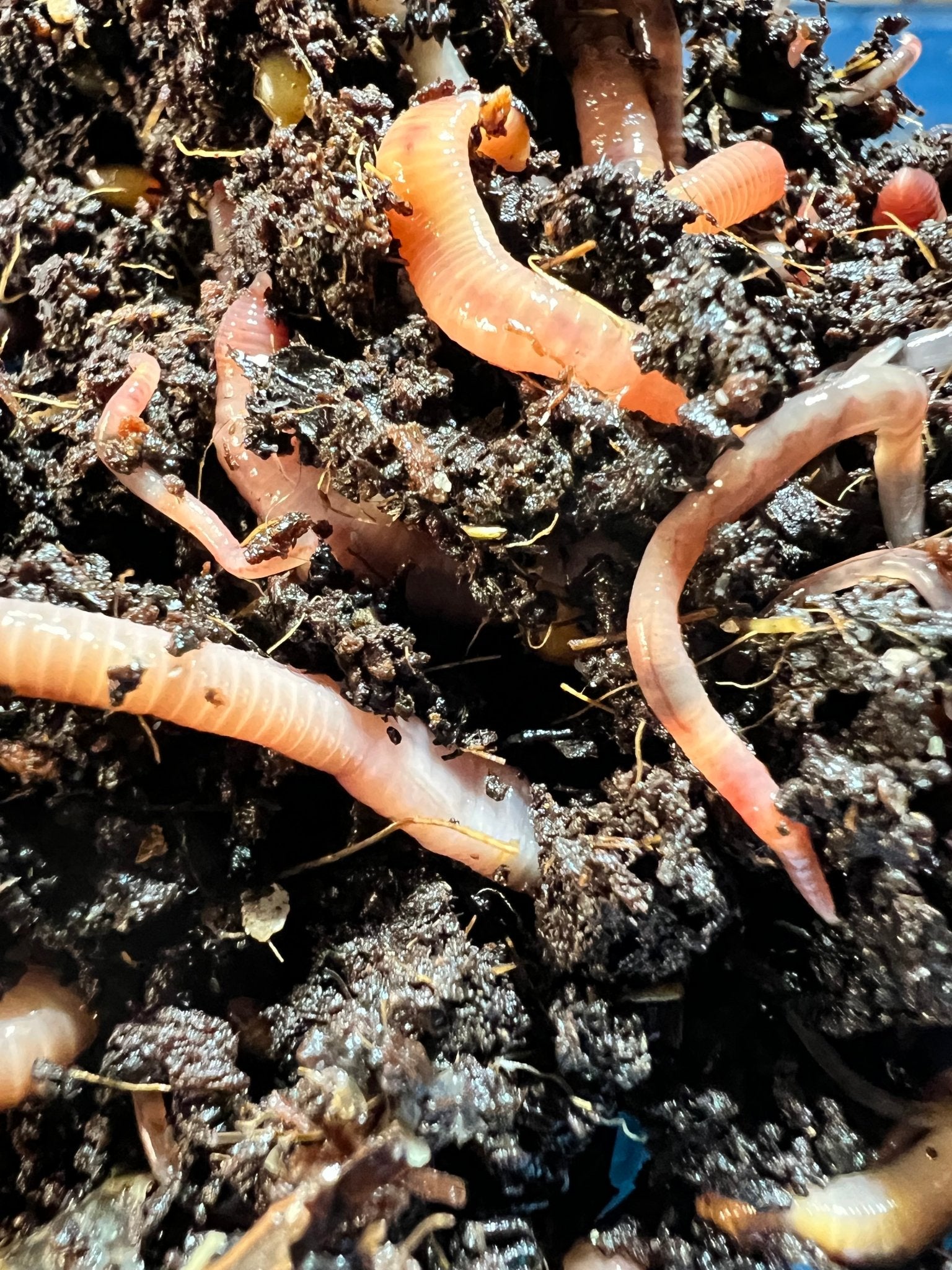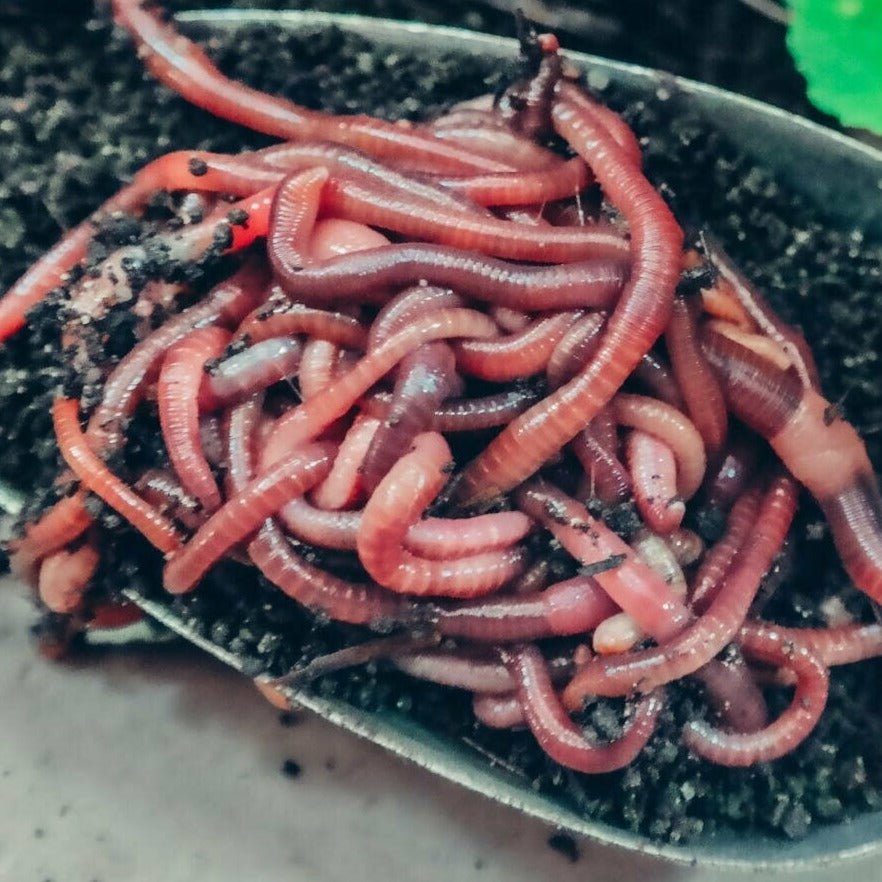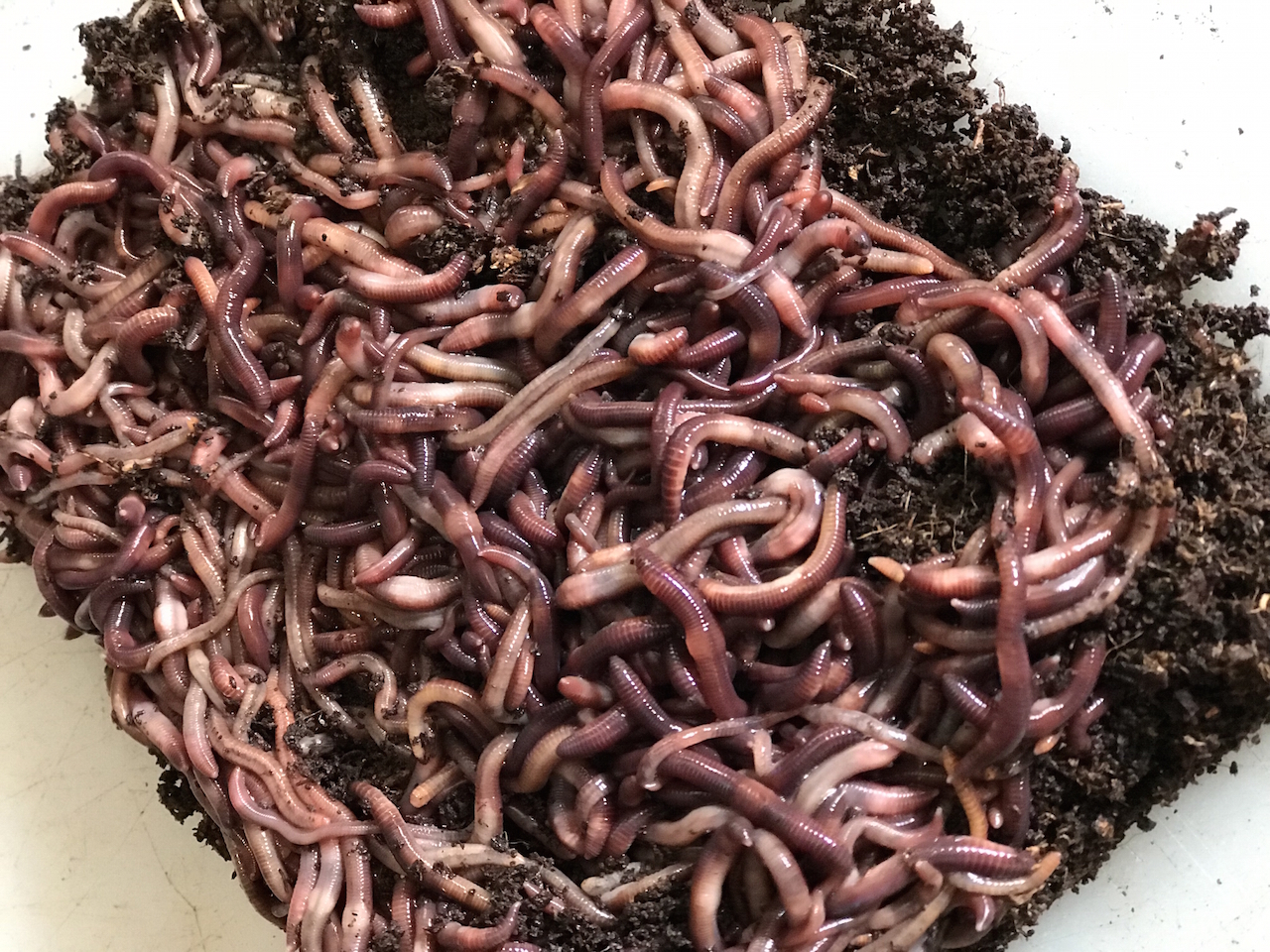Experience the Advantages of Using Red Wiggler Express for Effective Lawn Care
Red Wigglers: The Unsung Heroes of Organic Waste Recycling
Red wigglers, or Eisenia fetida, function as essential representatives in the organic waste recycling process, transforming thrown out products into beneficial vermicompost. Their reliable malfunction of organic matter not just boosts dirt top quality but also contributes to sustainable waste administration techniques. As the globe significantly looks for remedies to combat waste build-up and enhance agricultural productivity, recognizing the duty of these worms becomes important. What mechanisms allow them to grow in compost atmospheres, and how can they be effectively utilized in both residential and commercial setups? Checking out these concerns reveals the broader effects of vermicomposting in our eco-friendly landscape.
What Are Red Wigglers?
The exceptional resilience of red wigglers, medically called Eisenia fetida, emphasizes their important function in natural waste recycling. These little, reddish-brown earthworms are typically located in breaking down natural matter, such as compost heap and manure loads. Lake Hickory Bait. Unlike other earthworm types, red wigglers thrive in nutrient-rich atmospheres and are highly effective at damaging down organic products, making them essential for vermicomposting

(Red Wiggler Express)In enhancement to their role in waste reduction, red wigglers add to dirt wellness by improving soil structure and oygenation via their delving activities (Lake Hickory Bait). Their presence in composting systems not only improves decay prices yet additionally advertises a sustainable approach to squander administration, showing their relevance in eco-friendly preservation initiatives
Advantages of Composting With Worms
Composting with worms, specifically red wigglers, offers numerous advantages that enhance both waste management and dirt health. Initially, these worms efficiently damage down natural waste, transforming it right into nutrient-rich vermicompost that improves dirt. This process accelerates decay, enabling a faster recycling of kitchen area scraps and other natural products contrasted to traditional composting techniques.
Additionally, the vermicompost produced by red wigglers is including helpful bacteria, which help improve soil structure, aeration, and moisture retention. This improves the general wellness of plants, promoting energetic growth and enhanced returns in yards and agricultural setups. Furthermore, using worms in composting decreases the manufacturing of greenhouse gases, such as methane, adding to a more lasting waste administration system.

Exactly How to Begin Vermicomposting
Establishing a vermicomposting system is a straightforward procedure that can generate considerable advantages for both waste monitoring and dirt enrichment. To begin, choose an ideal container, such as a plastic container or wood box, with ample ventilation holes to make certain proper air flow. The dimensions need to ideally be around 2 feet by 3 feet, enabling adequate space for the worms to flourish.
Next, prepare bed linen product, which can include shredded paper, cardboard, or coconut coir. This bed linen must be dampened to produce an appropriate environment for the worms. When the bed linen is in location, introduce red wigglers (Eisenia fetida) into the bin, usually around one extra pound of worms for each square foot of area.
Following the positioning of worms, include organic waste, such as fruit and vegetable scraps, coffee grounds, and crushed eggshells. With these steps, you will successfully launch a vermicomposting system that adds to sustainable waste monitoring and improves your dirt.
Preserving a Healthy Worm Container
(Red Wiggler Express)Keeping a worm container growing needs regular attention and like make sure the health of the red wigglers and the performance of the composting process. Correct upkeep begins with monitoring the wetness levels; the bin should perspire however not saturated. A good general rule is to preserve an uniformity comparable to a wrung-out sponge.
Oygenation is vital. Delicately mixing the bed linen and food scraps every couple of weeks avoids compaction and makes sure that all worms have access to oxygen. In addition, it is essential to feed the worms suitably. A balanced diet plan of fruit and veggie scraps, coffee grounds, and smashed eggshells should be used in small amounts to stay clear of overfeeding, which can lead to odors and insects.
If the bin becomes also warm or chilly, the worms may come to be stressed. By vigilantly handling these elements, one can maintain a durable and productive worm container.
Effect On Lasting Living
The effective maintenance of a worm container not only profits the wellness of red wigglers however likewise contributes considerably to lasting living methods. By recycling natural waste, such as cooking area scraps and lawn debris, red wigglers aid draw away significant amounts of material from garbage dumps. This decrease in waste not only decreases greenhouse gas exhausts however likewise lessens the ecological concern connected with waste monitoring.
Additionally, the castings created by red wigglers work as a nutrient-rich organic plant food, improving dirt health and wellness and advertising plant development. This natural choice to chemical fertilizers sustains lasting agriculture and horticulture practices, reducing dependence on synthetic inputs that can harm ecosystems. In addition, worm composting fosters awareness of waste monitoring, encouraging individuals and areas to adopt even more sustainable practices.

Verdict
In summary, red wigglers offer as crucial contributors find this to organic waste reusing with their efficient disintegration of organic materials. By integrating vermicomposting right into waste administration techniques, individuals and communities can substantially reduce waste while promoting ecological sustainability.